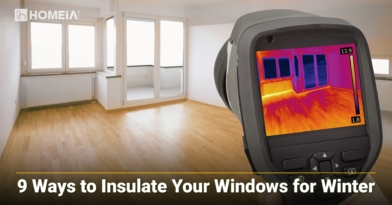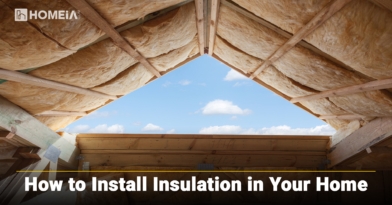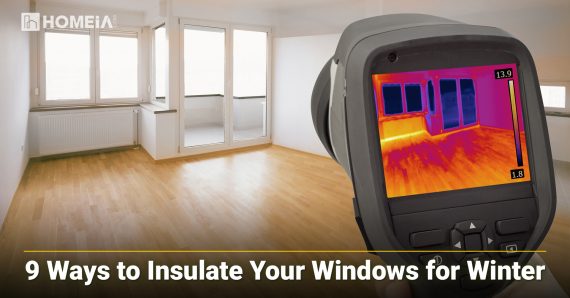Optimize Your Window for Energy Efficiency: Homeowners’ Guide
- Local Editor:Local Editor: The HOMEiA Team
Published: Aug 13, 2025
- Category: Home Improvement

Table of Contents:
- 1. Introduction: Windows and Home Energy Use
- 2. Understanding Heat Transfer Through Windows
- 3. Immediate & Low-Cost Energy Efficiency Improvements (DIY Focus)
- 4. Investing in New Windows: Key Features & Technologies
- 5. Climate-Specific Window Selection & Orientation
- 6. Cost, Savings, and Return on Investment (ROI)
- 7. The Importance of Professional Installation
- Frequently Asked Questions about Optimize Window for Energy Efficiency
1. Introduction: Windows and Home Energy Use
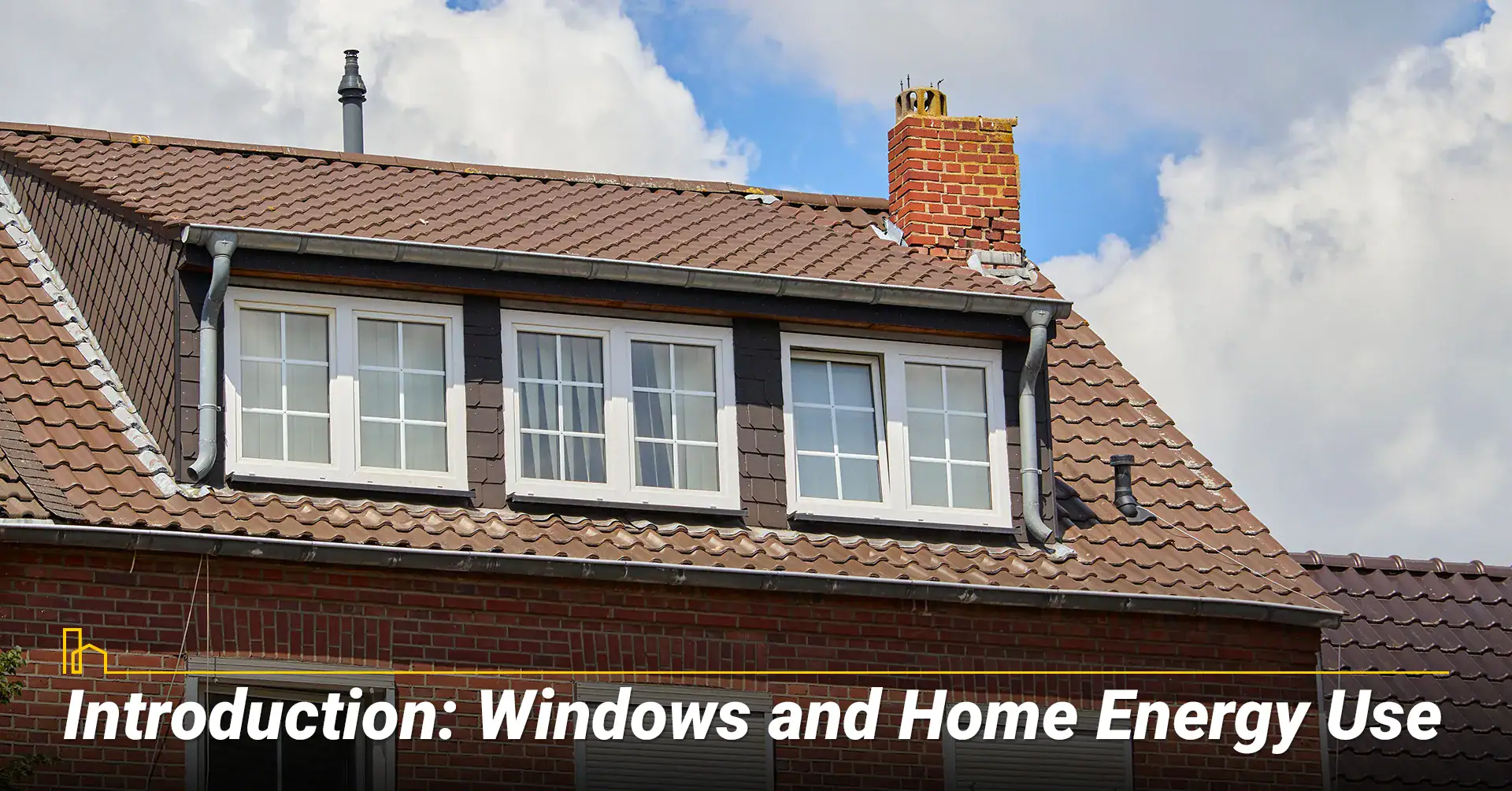
Windows serve as standout architectural pieces providing natural light, ventilation, and views, yet they represent serious weaknesses in a home’s thermal envelope. These openings allow substantial heat transfer—the desired warmth during winter months and despised heat infiltration during summer—directly impacting both comfort levels and utility expenses.
A. The Energy Drain
Windows are considered the weakest insulation points in most buildings as seen by their substantial energy waste. The constant struggle to find the perfect temperature while having to overcome the exterior climate places excessive demands on HVAC systems. Heat transfer through windows accounts for 25%-30% of residential heating and cooling energy consumption. When combined with doors and skylights, it exceeds this range, reaching 35% of total household heat loss. Air leakage represents another issue to look out for, able to account for 35% of average heating/cooling loads. To put into perspective, this is the same as leaving two doors open 24/7 year-round.
B. Beyond Energy Bills
Window efficiency improvements extend far beyond reducing utility costs. Enhanced windows are able to eliminate uncomfortable drafts and cold spots, creating more consistent indoor temperatures throughout your home, and even lowering one’s carbon footprint and contributing to the improvement of environmental sustainability.
9 Affordable Ways to Insulate Your Windows for Winter
Since we value the natural light, ventilation and outdoor views our windows provide, our best option is not to remove them but to make sure they’re insulated as well as possible. Here’re some techniques you can use to make sure your windows aren’t letting out all the heat your furnace supplies…
2. Understanding Heat Transfer Through Windows

For effective window improvements to be made, understanding heat transfer principles is needed. Heat naturally flows from warmer to cooler areas—escaping during winter and infiltrating during summer. While this natural process cannot be eliminated, its effects can be mitigated with proper planning.
A. Mechanisms of Heat Transfer
- Conduction: Direct heat transfer through solid materials including glass panes and window frames. Materials with low thermal conductivity serve as better insulators.
- Convection: Heat movement through air or gas circulation between window panes. Dense gases such as argon or krypton reduce convective currents better than air.
- Radiation: Electromagnetic wave transfer requiring no medium, accounting for approximately 66% of standard window heat loss. Use low-emissivity coatings to reflect infrared radiation.
- Air Leakage: Uncontrolled air movement through gaps and cracks lead to 35% of total heating/cooling loads. Poor installation and aging seals are common reasons why.
Table 1: Mechanisms of Heat Loss Through Windows
| Mechanism | Description | Primary Location | Typical Impact |
|---|---|---|---|
| Conduction | Heat through direct contact | Glass panes, frames | Primary heat loss pathway |
| Convection | Heat via fluid movement | Between multi-panes | Reduced by gas fills |
| Radiation | Electromagnetic wave transfer | Through glass | ~66% of window heat loss |
| Air Leakage | Uncontrolled air movement | Frame gaps, poor installation | 35% of heating/cooling load |
How to Install Insulation in Your Home
You’re curled up inside your charming historic home on a winter night when suddenly the air turns cold. It’s a ghost! Actually, it’s just a draft. Heat from inside is leaking to the outside, and the air around you is dropping in temperature. Old houses, and plenty of new ones, tend to be leaky. But there’s something you can do about it: add insulation.
3. Immediate & Low-Cost Energy Efficiency Improvements (DIY Focus)
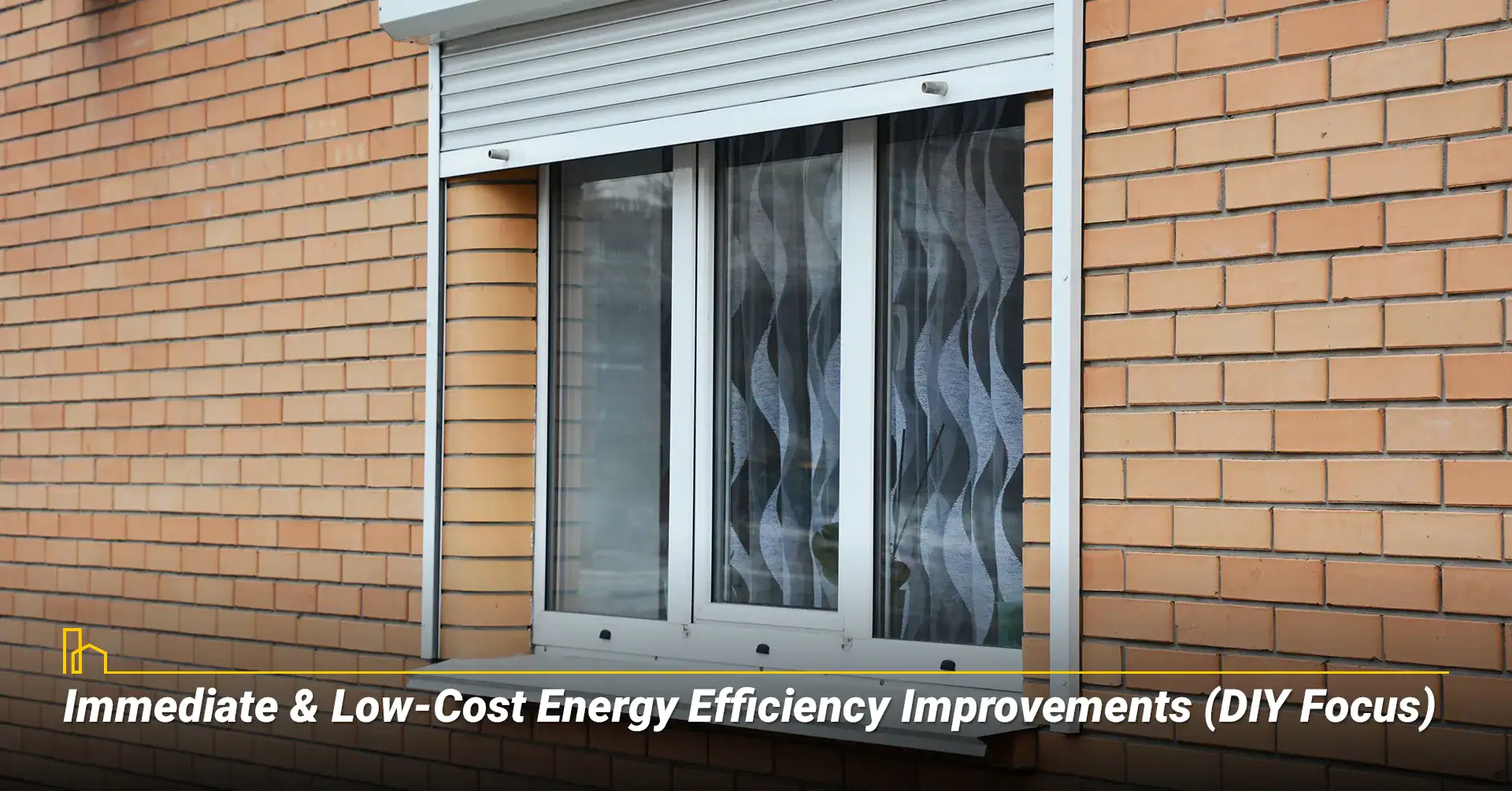
This section provides budget-friendly strategies homeowners can use to enhance window performance without any replacements needed.
A. Sealing Air Leaks: First Line of Defense
The more air infiltration in your home, the more money energy bills will increase by. Proper sealing represents the most cost-effective solution for improving efficiency.
- Caulking: Clean your window frames and trim before applying a high-quality sealant.For best results, complete this task in dry conditions above 41°F (~5°C). A standard tube covers approximately 25 linear feet with a 1/4-inch bead. Avoid blocking weep holes designed for drainage.
- Weatherstripping: Install appropriate materials around movable window components as different setups don’t all have the same solution. V-strip is ideal for double-hung window sides; foam tape provides versatile, economical sealing; magnetic strips offer superior performance for metal frames. Once installed, check the windows to make sure they work smoothly.
B. Enhancing Insulation with Window Coverings
Strategic use of window treatments provides significant efficiency gains:
- Cellular Shades: Honeycomb construction weakens the structure’s strength and creates insulating air pockets, reducing heat loss by 40%+ and unwanted solar gain by 60%.
- Thermal Drapes: Heavy fabrics with insulating backing reduce heat loss by 10% and heat gains by 33% when properly installed with sealed edges.
C. Applying Window Films
Window films offer cost-effective performance enhancement:
Low-E and solar control films block over 99% of UV rays while maintaining visibility. DIY projects will encompass cleaning glass, applying double-sided tape, positioning film, and heat-shrinking for proper adhesion. While films may affect window warranties, reputable manufacturers often provide warranty coverage.
D. Exterior Solutions
- Exterior Shading: Awnings, high-quality roller shutters, and overhangs reduce solar heat gain by up to 77%. This is ideal for south and west-facing windows.
- Storm Windows: Secondary glazing adds an insulating air layer, particularly beneficial for single-pane windows.
Table 2: Quick & Affordable Window Efficiency Upgrades
Upgrade Type | Primary Benefit | Cost/Effort | Key Impact |
|---|---|---|---|
| Caulking | Seals stationary gaps | Low (<$20)/DIY | Addresses 35% of load |
| Weatherstripping | Seals movable parts | Low-Moderate/DIY | Reduces drafts significantly |
| Window Films | Blocks UV/heat | Low-Moderate/DIY | Blocks >99% UV rays |
| Cellular Shades | Adds insulation | Moderate/DIY | 40%+ heat loss reduction |
| Thermal Drapes | Adds insulation | Moderate/DIY | 10% heat loss reduction |
| Storm Windows | Extra glazing layer | Moderate/DIY or Pro | Effective insulation boost |
9 Affordable Ways to Heat Your Home This Winter
If your heating bill was frightening last year, if you’re building a residence or vacation home, or if your old system is starting to fail, it is time to look at your options when it comes to heating your home. Here we’ll explore some cost-effective ways to keep your space comfortable this winter…
4. Investing in New Windows: Key Features & Technologies
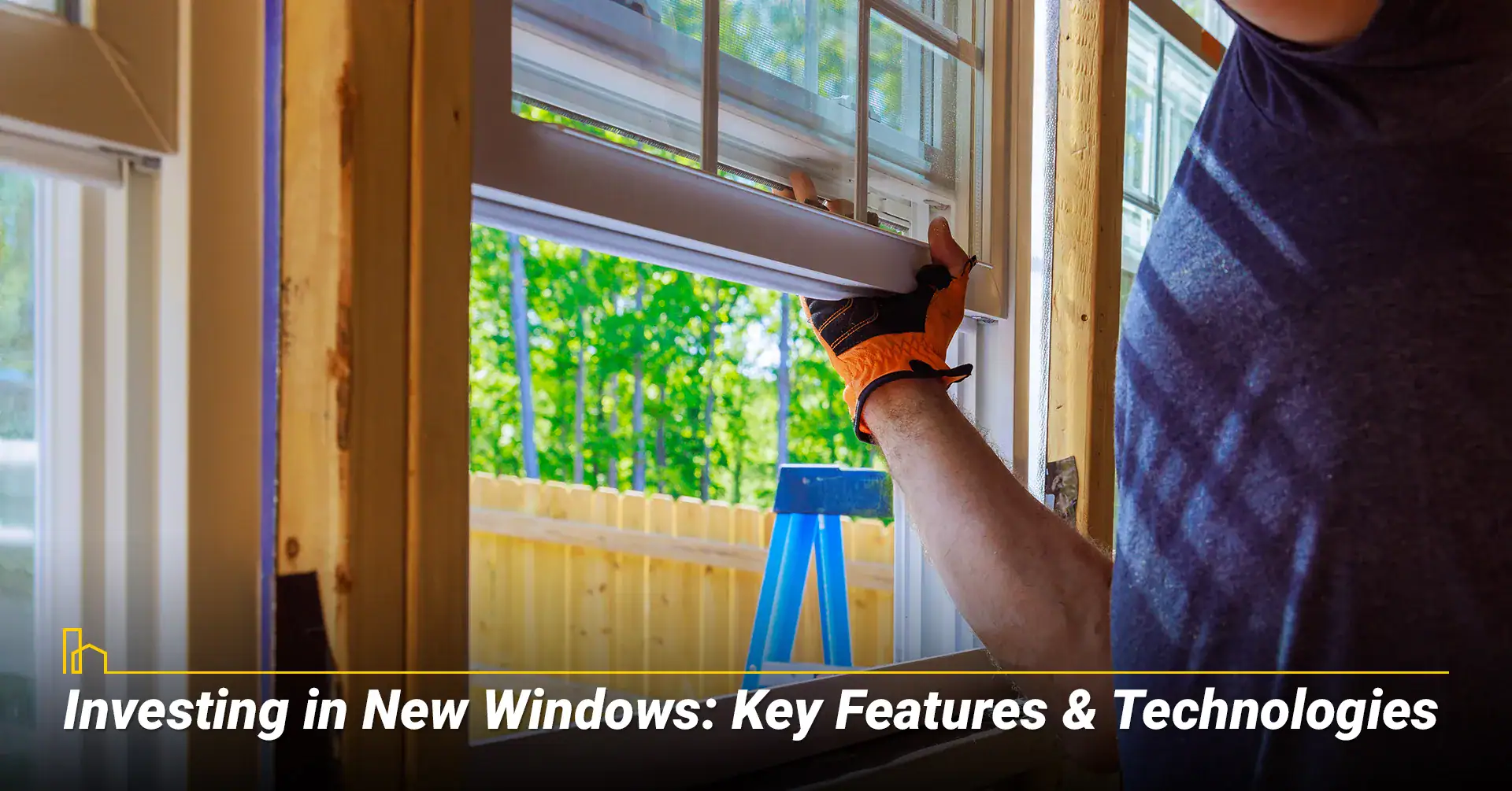
When looking to replace windows no matter the reason, upgrading to modern, high-performance models becomes the optimal solution to achieve maximum efficiency.
A. Understanding Window Performance Ratings
Informed purchasing requires understanding standardized performance metrics:
- U-factor: Measures heat loss rate through the entire window assembly. Lower values indicate better insulation (range: 0.20-1.20).
- Solar Heat Gain Coefficient (SHGC): Indicates solar radiation admitted. Lower values reduce cooling loads; higher values provide solar gain in colder temperatures.
- Visible Transmittance (VT): Fraction of visible light transmitted, affecting natural daylighting.
- Air Leakage (AL): Measures air infiltration rates. Lower values indicate tighter construction.
B. The Significance of Labels
- NFRC: Provides standardized testing and certification for accurate performance comparisons across manufacturers.
- ENERGY STAR: EPA certification ensuring products meet outlined efficiency standards. Certified windows can lower household energy bills by 11%-13% annually.
Table 3: Key Window Performance Ratings Explained
Rating | What it Measures | Ideal Value | Primary Climate Relevance |
|---|---|---|---|
| U-factor | Heat loss rate | Lower better (≤0.22 Northern) | Crucial for cold climates |
| SHGC | Solar radiation admitted | Climate-dependent | Balance heating/cooling needs |
| VT | Visible light transmission | Higher better (0.50+) | Daylighting quality |
| AL | Air infiltration | Lower better (≤0.3) | Draft reduction |
C. Advanced Glazing Technologies
Modern glazing dramatically improves thermal performance:
- Multi-Pane Windows: Double-pane windows provide effective insulation; triple-pane units use 12.2% less energy annually, offering R-values of 7-8 versus 3-3.8 for double-pane.
- Gas Fills: Argon ($200-$350/window) or krypton ($530-$1200/window) fills between panes reduce convective heat transfer significantly.
- Low-E Coatings: Microscopic metallic layers reduce heat transfer by up to 50%, adding $150-300 per window while blocking harmful UV radiation.
D. Window Frame Materials
Frame selection impacts both performance and maintenance as opposed to only aesthetic:
- Vinyl: $200-$600, excellent insulation, minimal maintenance
- Fiberglass: $500-$1,000, superior efficiency, exceptional durability
- Wood: $300-$800, traditional aesthetics, good insulation, requires maintenance
- Aluminum: $300-$700, modern appearance, requires thermal break for efficiency
How Much Do Energy-Efficient Windows Really Save? A Homeowner’s Guide
Energy-efficient replacement windows promise lower utility bills and a more comfortable living environment. Understanding the true savings and benefits is essential for homeowners considering window upgrades. This guide explores the financial, practical, and environmental impacts of investing in high-performance windows…
5. Climate-Specific Window Selection & Orientation
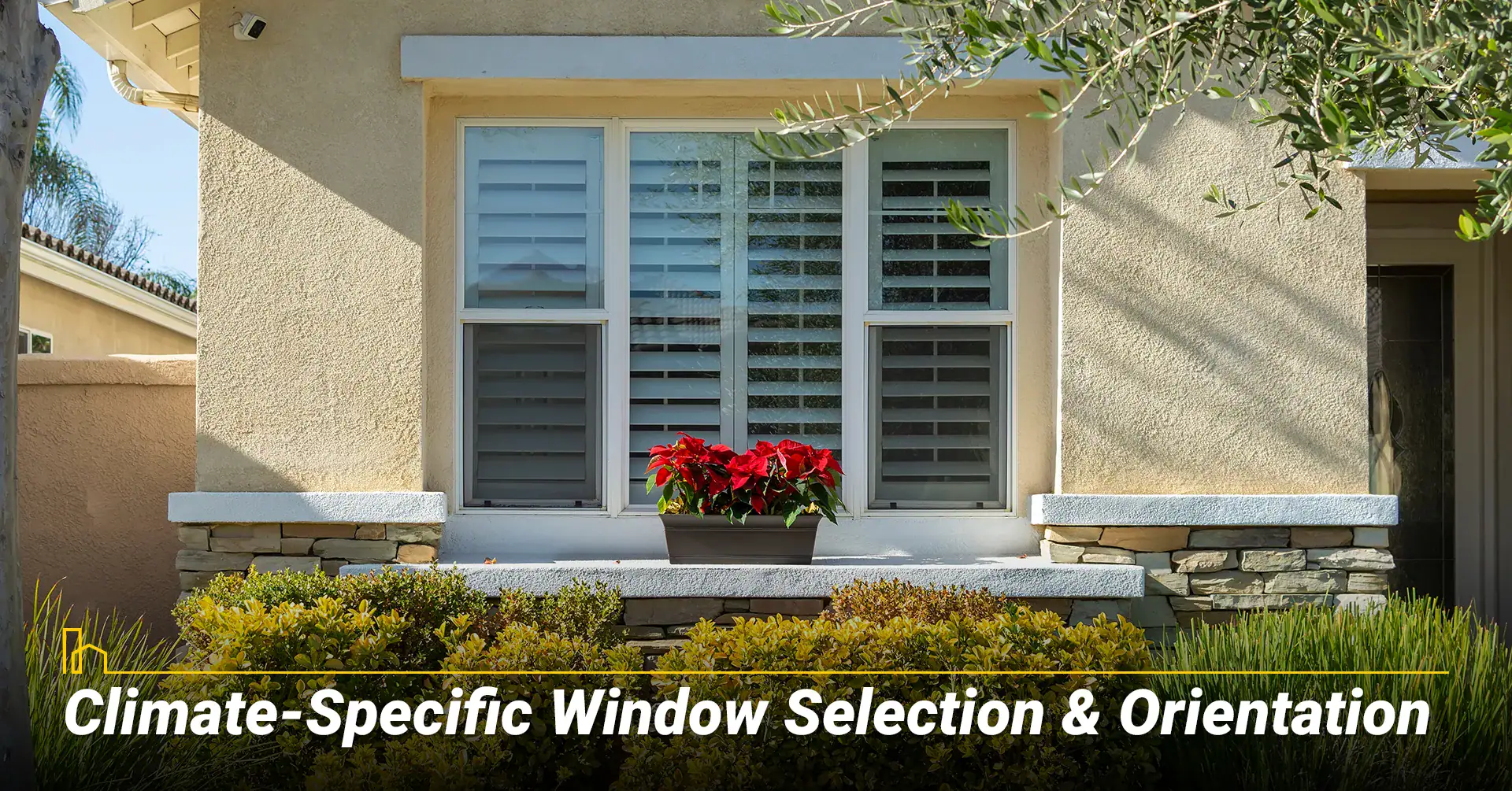
Optimal window selection needs to factor in regional climate conditions and building orientation before a decision is made.
A. Recommendations for Cold Climates (Northern Zone)
Focus on heat retention with U-factor ≤0.22 and SHGC ≥0.17. Passive Low-E coatings allow beneficial solar gain while reflecting interior heat. Triple-pane windows are often necessary for extreme cold.
B. Recommendations for Hot Climates (Southern Zone)
Prioritize solar control with SHGC ≤0.23 and U-factor ≤0.32. Solar control Low-E coatings reject unwanted heat. Double-pane windows are typically sufficient.
C. Recommendations for Mixed Climates
Balance heating and cooling needs with moderate U-factors (0.25-0.30) and SHGC values (0.25-0.40).
D. Strategic Window Orientation
- Cold Climate Strategy: Maximize south-facing SHGC for passive solar heating; minimize north-facing U-factor.
- Hot Climate Strategy: Minimize SHGC on east, west, and south exposures; provide adequate shading.
Table 4: ENERGY STAR Window Recommendations by Climate Zone
Climate Zone | Primary Focus | U-Factor | SHGC | Typical Glazing |
|---|---|---|---|---|
| Northern | Heat retention | ≤0.22 | ≥0.17 | Triple-pane recommended |
| North-Central | Balanced performance | ≤0.25 | ≤0.40 | Dual-pane suitable |
| South-Central | Cooling efficiency | ≤0.28 | ≤0.23 | Dual-pane suitable |
| Southern | Solar control | ≤0.32 | ≤0.23 | Dual-pane adequate |
6. Cost, Savings, and Return on Investment (ROI)
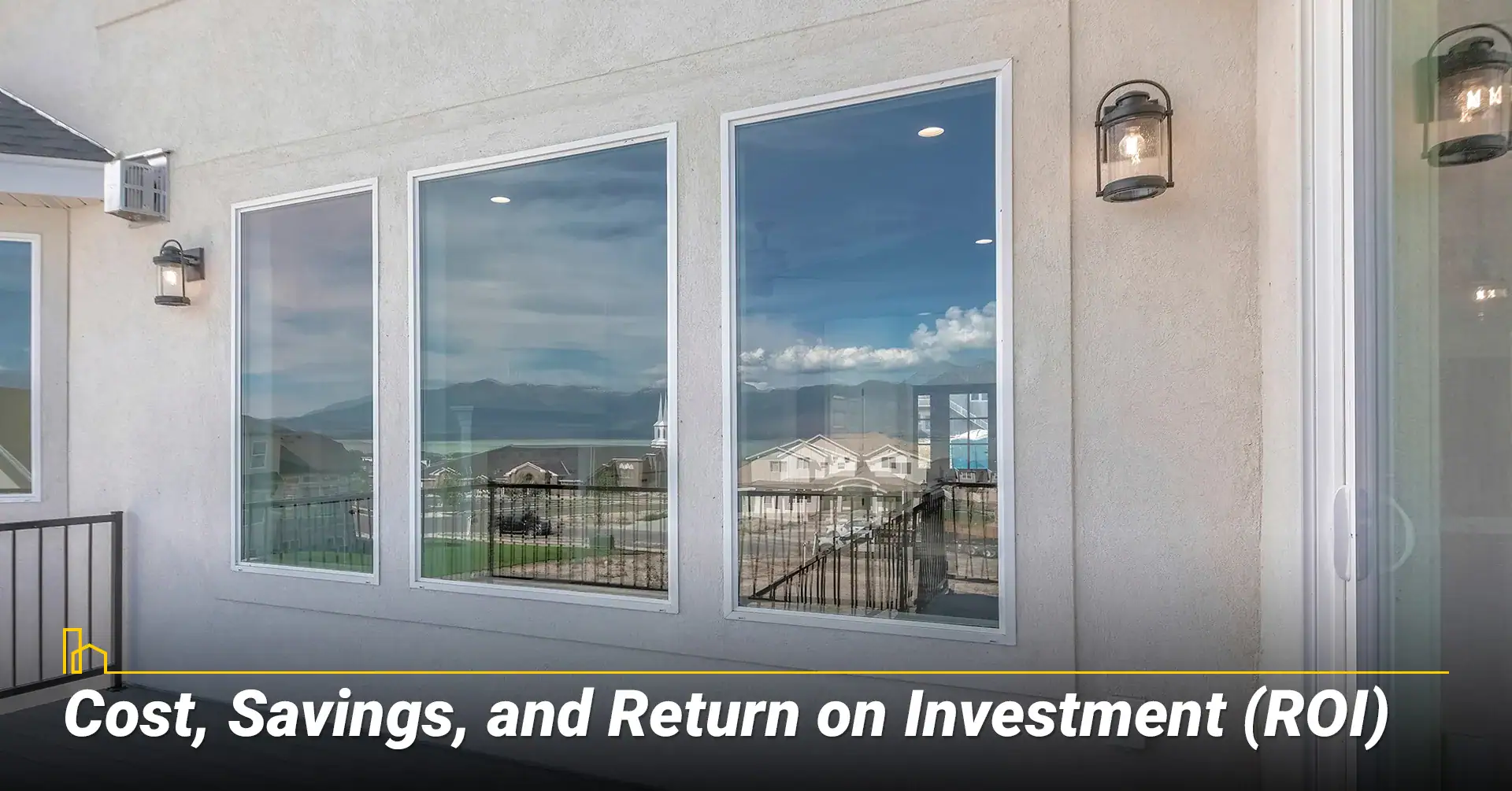
Understanding financial implications helps justify window investments.
A. Estimated Costs
ENERGY STAR certified windows cost $473-$3,109 per window installed, varying by:
- Size: Small (24″x36″): $150-$350; Large (48″x60″): $350-$750
- Frame material: Vinyl $200-$600; Fiberglass $500-$1,000
- Glazing: Double-pane $250-$700; Triple-pane $500-$1,200
- Enhancements: Low-E coating adds $150-$300; gas fills add $200-$350
B. Potential Energy Savings
- ENERGY STAR windows reduce bills by 11%-13% annually
- Replacing single-pane windows saves $125-$340 yearly
- Total potential savings: 25%-52% of energy bills
C. Return on Investment
Window replacement offers 85% ROI, among the highest for home improvements. On average, homeowners recoup 67% of costs upon resale.
D. Incentives & Tax Credits
Federal tax credit covers 30% of qualified expenses, up to $600 for windows/skylights. Many utilities offer additional rebates.
20 Hacks to Reduce Your Energy Bills–in Maryland
With all these price hikes, it’s normal to feel overwhelmed by monthly bills. However, there are ways to alleviate the weight of these costs. In this article, consumers can learn smart ways to lessen their energy bills in Maryland. Applying these hacks not only lessens your expenses but can help save the environment as well…
7. The Importance of Professional Installation

Even premium windows underperform when improperly installed. Professional installation ensures:
- Comprehensive sealing between frame and rough opening
- Proper insulation preventing thermal bridging
- Warranty compliance and protection
- Lead-safe practices for older homes
Choose certified installers with proven experience, proper insurance, and reliable warranties.
Conclusion: Window efficiency improvements span from simple DIY weatherization to complete window replacement, each offering unique benefits. Understanding heat transfer mechanisms, selecting climate-appropriate products, and ensuring proper installation will maximize comfort, savings, and environmental benefits.
Begin by assessing current window conditions, identifying the climate zone, and selecting appropriate strategies within a desired budget. Leverage available incentives to cut down on costs while staying within safety parameters. Whether implementing immediate low-cost improvements or investing in complete replacement, enhanced window efficiency delivers lasting comfort, substantial savings (11%-52% of energy bills), impressive ROI (85%), and meaningful environmental contributions.
Frequently Asked Questions about Optimize Window for Energy Efficiency
1. Should I repair or replace my windows? Repair costs are typically 75% less than replacement for glass-only issues. Consider replacement for frame damage, persistent operational problems, or when pursuing maximum efficiency.
2. How long do energy-efficient windows last? Quality windows last 15-30 years depending on materials, installation quality, and maintenance. Vinyl and fiberglass offer superior longevity.
3. What if I’m a renter? Renters can install removable treatments like thermal curtains, temporary weatherstripping, and window films (with building permission).
4. What questions should I ask contractors? Inquire about experience, licensing, insurance coverage, warranty terms, project timeline, and detailed cost breakdowns.
5. Are there common misconceptions about window efficiency? New homes are not always equipped with efficient windows. Double-pane windows are not the best choices without modern coatings and gas fills. Regular maintenance extends window lifespan significantly.
A Comprehensive Guide to Residential Window Glass Replacement
Understanding the process of window glass replacement, knowing when to replace your windows, and learning how to replace window glass in an aluminum frame can empower you to maintain the health and aesthetics of your home efficiently. This article aims to provide you with the information you need to navigate these issues…
Table of Contents:
- 1. Introduction: Windows and Home Energy Use
- 2. Understanding Heat Transfer Through Windows
- 3. Immediate & Low-Cost Energy Efficiency Improvements (DIY Focus)
- 4. Investing in New Windows: Key Features & Technologies
- 5. Climate-Specific Window Selection & Orientation
- 6. Cost, Savings, and Return on Investment (ROI)
- 7. The Importance of Professional Installation
- Frequently Asked Questions about Optimize Window for Energy Efficiency
HOMEiA is a city guide site where visitors can find detailed information about communities of interest. HOMEiA’s City Guides, created in partnership with local writers and editors, are curated lists of the best, safest, and most affordable places to live. The guides feature the HOMEiA Score, a proprietary index that rates communities on such factors as housing costs, education, employment, etc.
HOMEiA.com aims to be the premier site for people planning to relocate, providing them with insightful content and connecting them with skilled real estate professionals.
We also empower real estate professionals to establish or strengthen their web presence by highlighting their experience, knowledge and achievements. If you’re selected to join our list of certified real estate professionals, you will distinguish yourself from your peers — and earn HOMEiA’s support.
If you believe in HOMEiA’s mission, please share our website with others.
Table of Contents:
- 1. Introduction: Windows and Home Energy Use
- 2. Understanding Heat Transfer Through Windows
- 3. Immediate & Low-Cost Energy Efficiency Improvements (DIY Focus)
- 4. Investing in New Windows: Key Features & Technologies
- 5. Climate-Specific Window Selection & Orientation
- 6. Cost, Savings, and Return on Investment (ROI)
- 7. The Importance of Professional Installation
- Frequently Asked Questions about Optimize Window for Energy Efficiency

